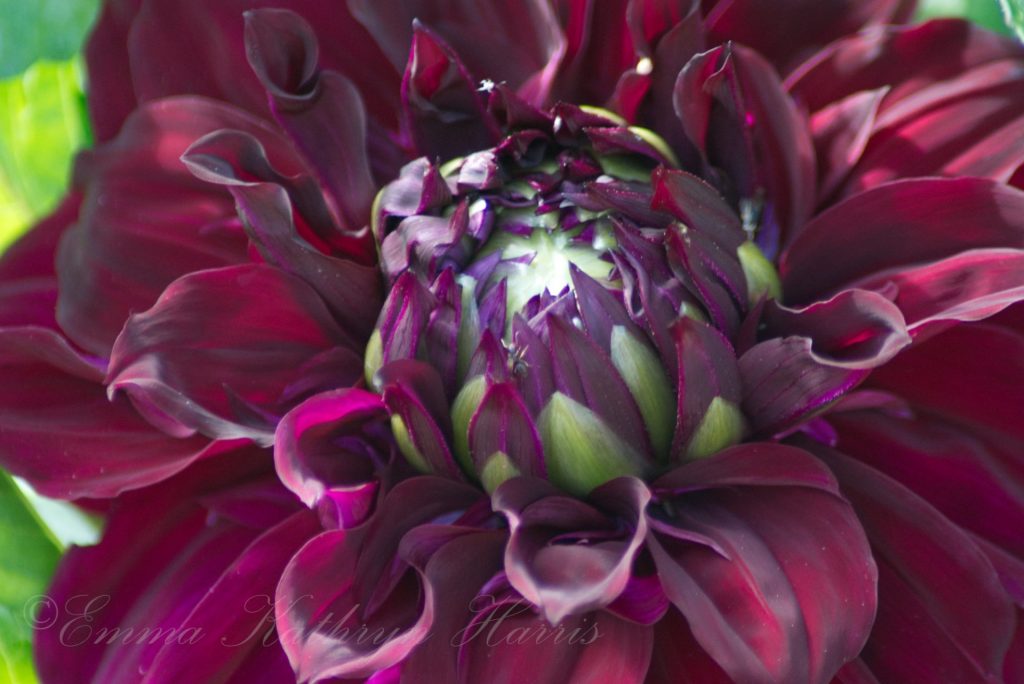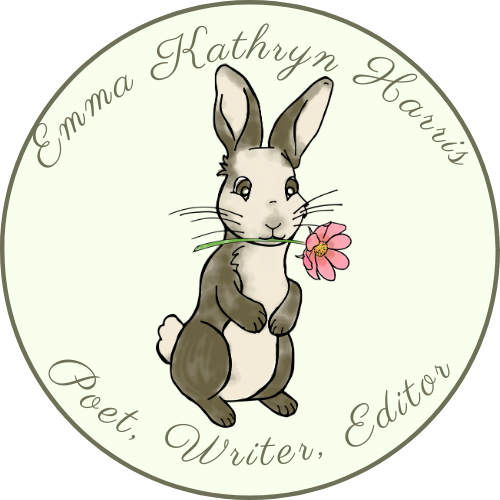Either write something worth reading or do something worth writing.”
Benjamin Franklin, author, inventor, scientist
This article is the second in a four-part series on author newsletters. Read the first article on why your author newsletter is your best marketing tool for your brand here. Today’s article focuses on how your e-newsletter content, design, and layout attract and engage your readers.
For well over 20 years, I have produced newsletters for employers, clients, and myself. And I have seen the newsletters evolve, enjoy success, and establish a connection with people not inclined to visit a website daily.
Newsletters are powerful. They slip into someone’s inbox who opted to receive them. With a brief story or update, we feed the reader information to pique their curiosity. And then, if we are fortunate, they reach out to buy a product or service. They are more informed about our subject after they read the message, which builds trust.
The newsletters I have produced (and when I say “produced” I mean I wrote the content; designed, edited and proofread it; managed writers and graphic designers, and more) had a particular theme and purpose. For example, one quarterly paper newsletter was an update about the organization and upcoming events; their monthly e-newsletter was a brief version of the quarterly and was designed to keep them top of mind with their supporters.
For another company, I produced 5–10-page letter-sized PDF internal newsletters both for their internal system and for them to print and leave hard copies wherever they could. I had several branches under one client and helped them churn out over 50 a year.
For my own, I have both a business and an author newsletter that are each bi-weekly. While the author newsletter, “Writing with Emma,” is fairly new, my business newsletter I have produced since 2009.
If you have never produced a newsletter and are toying with the idea, or you have one and need more inspiration, read on.
Engage readers with your newsletter content
We will start with the content because that is going to be your golden asset. People read your newsletter for the content, not just because the design is beautiful (more on that in the next subheading). And your content will give your readers a sense of your writing style.
One of the downsides to publishing a newsletter is lack of time both for the author and for the reader. When we start a newsletter, we have lofty goals. When we have not hit our desired 2,000 subscribers after a month (extremely rare), writing a newsletter each month or each week begins to feel more like a chore than an exciting hour of our day.
Your message can be a quick read or a lengthy article, depending on your audience. When I refer to audience, I am referring to your subscribers that have certain expectations when they signed up. For example, if you promised to send them a monthly newsletter on your writing journey, then do not write about your retail shopping experiences. If you promised to teach them how to become a better writer or novelist, then do not write about how to garden.
The content you write not only meets expectations by aligning with your brand and author platform (who you are), but you want it to be relevant to the reader. While they are interested in you—the author—they are more interested in what you have to tell them. Ideally, you should choose a subject that excites you so you will enjoy the process of producing your newsletter. Then, your article needs to show your readers what they can learn or how they benefit from the piece you wrote. You want them, each time, to be inspired and excited to read your next newsletter.
For example, my “Writing with Emma” newsletter begins with a brief 200–500-word article about something relevant to my subject matter. I write poetry, essays, and articles, many of which involve gardening and creation. But not every piece. Because I also write essays and articles on life, writing, and mental health, some of my opening articles in the newsletter touch on those themes.
You want them, each time, to be inspired and excited to read your next newsletter.
Whether or not your book is on shelves, or you have a work in progress, it is tied to a specific theme, something you likely are interested in. So it makes sense you would write about that subject in your newsletter. I subscribe to many author newsletters and the ones that really stand out focus on topics of their books, especially a series. Many historical novelists will write pieces on an event or social understanding for the period their stories are set.

The value of brevity in your newsletter
Recall how I mentioned how short we all are on time? This is why brevity is important.
Keeping your content brief when writing will help you maintain your enthusiasm for the subject that interests you. For example, while this article you are reading is posted on my blog, I put a teaser in my newsletter with a link back to my website if my subscribers are interested in reading this piece. You can do the same. And recycling content is another great way to save you time. (More on that in article three)
What your newsletter should do is direct your subscribers to your website so they can see all your work. They will peruse your other content, such as your publications and services, as well as additional blog articles. Your newsletter and website should be directly tied to each other.
Keeping your content consistently brief will not only help your busy reader to keep reading, but they will open your emails. If your content is too long, they will stop reading and likely will not open your future emails.
Attract readers with your newsletter design
Your newsletter design and layout go together, but I will touch on them separately.
Simply put, keep it simple. I have produced fully designed e-newsletters that look similar to a magazine. If this works for you and your audience, I will not stop you. But a design like that can be distracting, it can be tedious for you to work with, and it can be expensive if you have someone do it for you.
Your design should complement your website. It does not have to be exact, but if you have a logo, if you use specific colors and fonts, you should stick with those in your newsletter. You need people to recognize your brand.
Your design should complement your website.
It is best to start out with an attractive, but simple header. Why? Because over time, your audience and your writing will evolve. It takes a few months to get used to the routine and to learn what your subscribers are reading. Your report through your email service will show you what they are clicking on, if they have opened it at all, your email’s performance, and more. As you get comfortable and learn your subscriber’s habits, this will steer you in the direction you need to take your newsletter.
As your newsletter changes, so will your design.

Impress with your newsletter layout
Layout of a newsletter has more to do with readability and understanding your audience’s needs.
In addition to my opening article in my author newsletter, I have additional items I touch on. A few months in with it, I realized a table of contents at the top would suit it better. This way, my readers could click on the very topic they were interested in if they did not want to read the entire newsletter. And clicks always help me understand what they are most keen on reading, which affects future article subjects.
My business newsletter, on the other hand, only has one article, composed of the first few paragraphs of an article posted on my blog. So if they want to finish reading it, they simply click the link that takes them there. This audience consists of business professionals, and they do not have time to scroll a lengthy newsletter.
In “Writing with Emma,” I follow the main article with short pieces. First, I share the title, teaser and link to my blog article. Next, I share a writing prompt or tip. Then, I share a book on my “shelf” that I highly recommend, with a brief description and links. I then share any bonus material they might be interested in, such as my poetic music videos, essays, or published work. Finally, a link to reach out to me with any questions, suggestions or topic ideas. At the bottom are all my share buttons for my readers and social media accounts if they wish to connect there.
My suggestion to you is to subscribe to author newsletters you like, or other newsletters of subjects that interest you (I also enjoy the Masterpiece newsletter on “All Creatures Great and Small”) and study what you like and what turns you off with the content design and layout.
Again, start simple just to get it out. Then over time it will evolve. You can slowly add things with every few editions. If you sign up for my author newsletter, take a look at one of the first editions through to the current and notice some of the changes I have incorporated. (How to view past issues: After receiving your first issue, click “view this email in your browser”; Click “past editions” and voilà!)
Videos and images for your newsletter content
Tied in with content and design are images and videos. People are drawn to these items. Not only do pictures add to your text and help your readers remember your point, but they work well in dividing text and smoothing layout.
One caution, however—use images and videos sparingly as they can clutter, overwhelm, and cause uploading issues in some browsers.
While your initial goal is to attract subscribers to your newsletter, how you keep them has everything to do with your content, design and layout. And these three must align with your author brand. If done right, your newsletter can entice your readers to stick with you for years.
What are other things to consider? In the third article of my four-part series, you will learn how your subject line and marketing go a long way in keeping your subscribers engaged.




